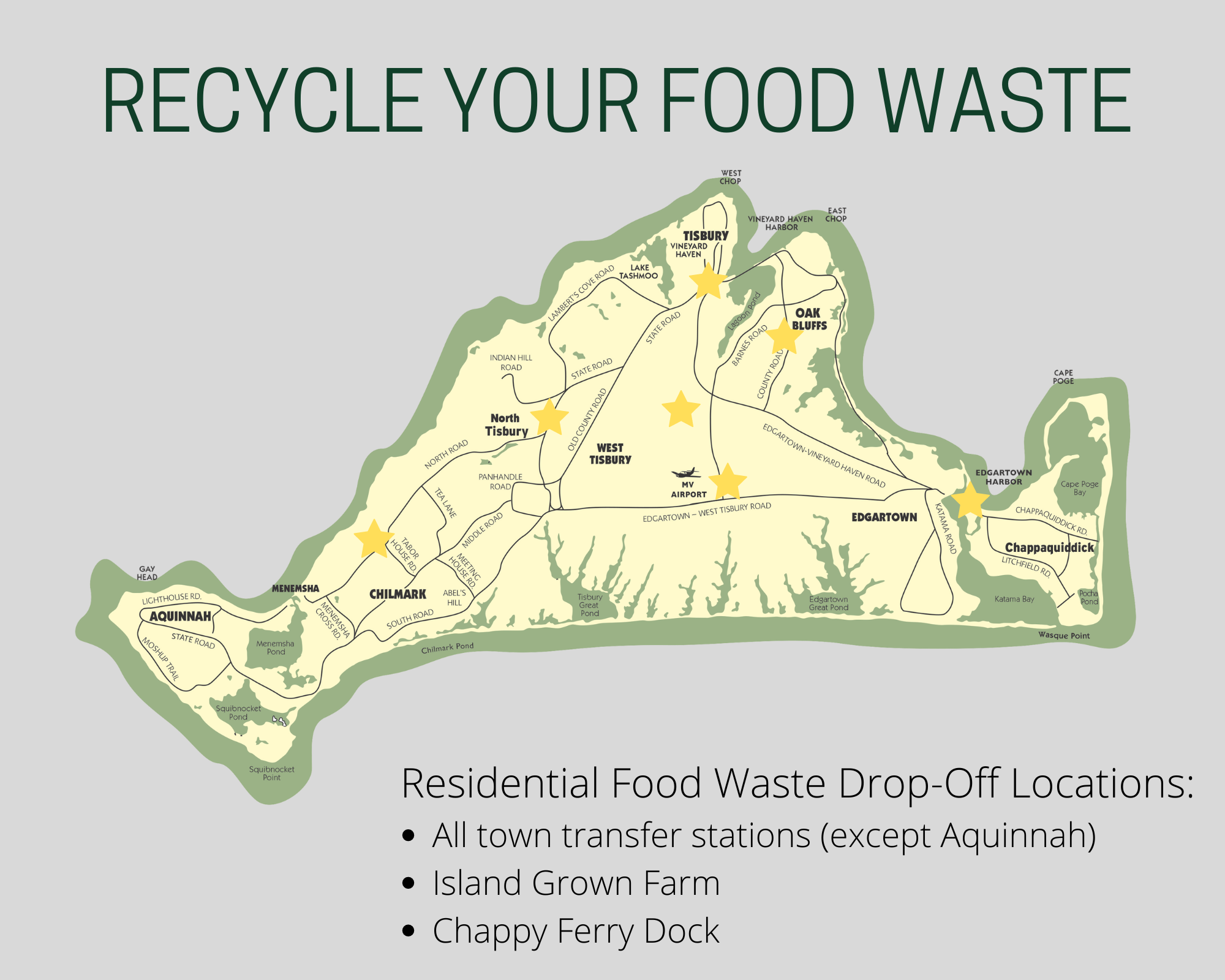OBJECTIVE
Students will learn some of the uses for herbs.
ESSENTIAL QUESTIONS
What are herbs? What are they used for? Do we eat herbs? What is the connection between taste and smell? Objectives: Students will learn about the connection between taste and smell. What herbs are growing? How do types of herbs look different? How do we process herbs? What do we do with herbs?
MATERIALS NEEDED
Different for each week
PROCEDURE
Week 1- Planting
Materials:
Herb seedlings- Lavender, basil, chives, dill, rosemary, chamomile, lemon balm, parsley, oregano, thyme, sorrel, mint, Small trowels, Popsicle sticks
Introduction:
Begin by asking students what they know about herbs. Do they know the names of any herbs? Explain that herbs are plants used to season food, or to make things like tea. They can also be used for their smell.
Activity:
- Use popsicle sticks to indicate where plants can go to make sure they don’t get planted too close together.
- Plant a seedling as an example
- Give each student a plant and a trowel, and let them plant their own herb in the garden.
- Afterwards, water all the herbs with watering cans
Wrap up/ Assessment:
Ask students what food or projects we could make with the herbs we’ve planted. (chives- potatoes, basil- pizza and pesto, mint/chamomile- tea, dill- pickles)
Week 2- Food Associations
Materials:
Sprigs of mint, lemon balm/sorrel, dill, and some other herbs to discuss. Tin of mints, a lemon/lemon flavored candy, pickles/relish.
Activity:
Put the jar of pickles, mints, and lemon on the table and explain that we’re going to try herbs that taste like each of these foods.
Give each child a leaf of an herb, focusing on one at a time. Ask them which food item they think it tastes like. They can smell the tin of mints, lemon, and pickles, but they don’t need to taste them.
Work together to match the herb to its corresponding food item.
Talk about other popular food items they might have had that have herbs in them (pizza, pesto, chicken, pasta)
Wrap up:
Discuss what the connections are between taste and smell. Ask students which herbs they like the smell of, and if they also like to eat the food associated with it. Could smelling a food be a good indicator of what it will taste like? If you like the smell of a food, does that mean you’ll like the taste as well?
Week 3- Make Signs
Materials:
Pre-made popsicle stick signs Sharpies for writing, Paint, Paint brushes
Activity:
- Have older kids write the names of herbs on signs. Herbs might be scattered around the garden so you could have them make a few signs for each type.
- Younger kids can paint and decorate the signs.
Week 4- Placing signs
Materials:
Signs from last week. Optional: unifix cubes, water, watering cans, other seedlings to plant
Activity:
Bring students out to the garden and ask them if they remember what the different herbs are called. Give each one a sign and help them find where it belongs.
Week 5- Herb Art
Materials:
Paint or crayons, Paper, Small paint rollers, Smocks if available, Sprigs of hardy herbs to be painted- lavender, rosemary, sorrel, dill flowers if available, thyme, oregano.
Activity:
- Pass around sprigs of herbs and review what each one is called.
- Demonstrate how to gently roll paint onto each herb and make a print on a piece of paper. Alternatively, you can have students make herb rubbings with crayons.
Wrap up:
Discuss the different shapes each type of herb makes.
Week 6: Harvesting Herbs
Materials:
Scissors for cutting herbs, Containers for collecting herbs while they harvest Labeled trays to spread out herbs for drying
Introduction:
Demonstrate how to harvest herbs- cut the stem at the bottom, leaving some leaves behind. Tell students they can each pick a certain number of stems (whatever seems appropriate based on the size of the plants).
Activity:
Have each student cut some stems of herbs and place them in their container
Back at the circle, help the students sort their herbs onto trays
Wrap-up:
Discuss what the herbs will look like next week after sitting in the sun.
Week 7: Herb Sachets
Materials:
Squares of cloth with yarn sewn in a loose running stitch in a circle around the edges. Leave a long enough yarn tail to tie in a knot. You can pull the yarn slightly to make it into a cup shape, but don’t close it yet, Dried herbs from last week in separate bowls, Masking tape and Sharpies to label names
Introduction:
Review some uses for the herbs we have in our garden. Discuss how the herbs look different than last week, now that they’re dried Explain that we’re going to make herb sachets so everyone can take some herbs home.
Activity:
Let the kids remove the dried leaves and gently crush them up, removing the stems.
Discuss which smells we like and which we don’t like. What do/don’t you like about it?
Give each child an empty herb sachet and let them fill it with their favorite types of herbs.
Help them tie it up, and label it with their name.
Wrap-up:
Go around in a circle and ask the students what they plan to do with their herbs.
Sun Tea:
Materials:
Pitcher, Honey, Different types of dried, crushed herbs in individual bowls Empty paper tea bags, Store-bought tea bags
Activity:
- Ask the kids if they know how to make tea. Tell them that you put a tea bag in a cup, and pour water over it. What’s in the tea bag? Herbs!! The taste of the herbs goes into the water and turns it a darker color.
- Give each child a store-bought tea bag and let them rip it open and see what’s inside.
Explain that we’re going to make our own tea bags with herbs from the garden. - Pass around each bowl of herbs for the kids to smell. Remind them what each one is
called, and ask which is their favorite. - Give each child an empty tea bag, and show them how to put small pinches of whatever herbs they like into it.
- When they’re done, help them seal the bag, and add it to the pitcher.
- Let each child add a squeeze of honey to the pitcher.
- Fill the pitcher with cold water
- Place outside in the sun where kids can observe it from the classroom or playground. It should steep for 5-6 hours. Leave printouts of the recipe and paper cups so parents can taste the tea with their kids at the end of the day
Dilly Beans:
Materials:
Glass half pint jars with lids, one for each student, Parent take-home that explains when the pickles will be ready to eat (around 24 hours), that they should stay refrigerated, and that they will last around 2 weeks. Also include the recipe Pre-made pickling brine. If possible, put it in a large container with spout at the bottom so kids can fill their own jars. Pickling herbs- dill, garlic, string beans, Masking tape and sharpie to label jars with the child’s name, IGS stickers to put on jars- just for fun
Introduction:
Ask the kids if they know what pickles are made of. Some will know that they’re made of cucumbers. Explain that we’re going to make dilly beans, which are similar except they use beans instead.
Activity:
- Ask the kids if they remember what kinds of herbs are in pickles. We use the same herbs for dilly beans.
- Pass out a jar to each child
- Let them put small pinches of herbs into the jars
- Place the bowl of beans in the middle of the table and let them fill their jar with beans. They might have to break some of them into smaller pieces to make them fit.
- One at a time help them fill their jars with the pickling brine, then screw the lid on their jar tightly (maybe do this for them)
- Make sure their name is on the jar and let them put the sticker on
- Talk about what will happen to the cucumbers in the brine, and when the pickles will be ready to eat.
- Store pickles in the fridge and have the children take them home at the end of the day.








